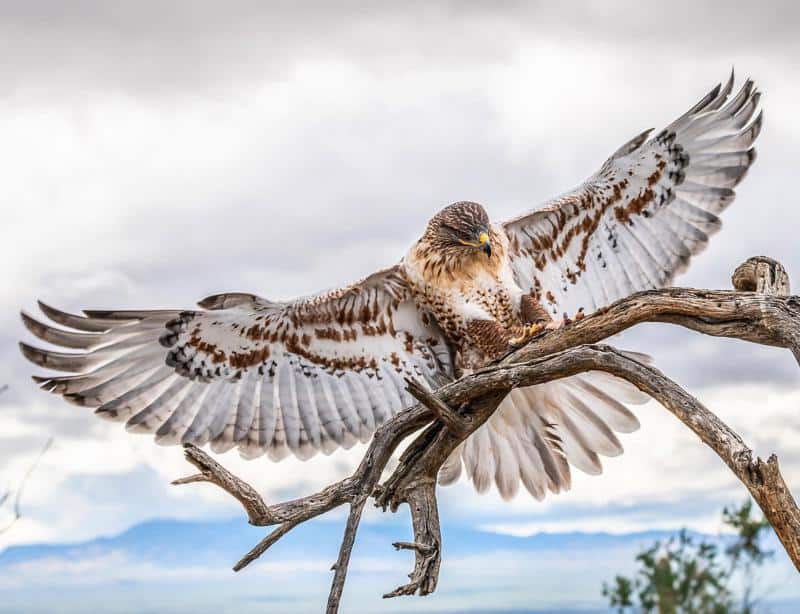Two birds sitting near to one other, one constantly putting food in the other’s mouth, is a typical sight. Many bird observers find this odd behaviour, called courtship feeding, to be fascinating. But why do birds really share food with one another?
In order to demonstrate their love for one another, reinforce social links, and demonstrate the parental prowess of their partner, birds feed one another. This is a brief response to your query.
Increasing Social Cohesion
Birds feed one another as a means of fostering closer social ties. Birds that have a monogamous mating arrangement or dwell in groups are known to exhibit this behaviour. Within their social groupings, birds are able to develop closeness and trust via exchanging food.
Building Trust
The act of feeding one another by birds fosters confidence between members of the same flock or couple. This is especially critical for birds whose foraging and predator defence depend on teamwork to survive.
Birds show that they are prepared to take care of and assist one another by sharing food, which eventually strengthens their relationship and raises the odds of success for the group as a whole.
Developing Closeness
Intimacy between birds is also increased when they feed one another. This behaviour often takes place during courting and mating rituals, when the male bird shows his devotion and love to the female by offering food.
Birds are able to form and strengthen their pair connection via this behaviour, which is necessary for successful reproduction.
Research has shown that birds who feed one another have better rates of successful reproduction than birds that do not participate in this behaviour. For instance, feeding one another is a crucial component in pair bonding and preserving a close connection in species such as the African grey parrot.
The male’s capacity to support the female and their future children may also be indicated by this behaviour, which also serves to enhance the social relationship between them.
Manifesting Love
Birds show love for one another by feeding one other. Among bird species that mate for life, such swans and albatrosses, this behaviour is often seen. Birds express their love and dedication to their partners by giving food.
They may maintain a solid friendship and enhance their bond by doing this.
Birds show their affection for one another in addition to giving each other food. This behaviour is often seen during courting rituals, in which the male bird shows the female love by presenting food.
They use it as a means of expressing their dedication to and readiness to support their spouse and any future children.
Increasing Sensation
The birds’ attitude is also improved when they feed one other. Like us, birds may feel happy and satisfied when they participate in activities that foster social connection. They are strengthening their flock or pair’s cohesiveness and cooperation by sharing food.
This may promote harmony in the workplace and lessen stress.
Actually, research has shown that mutual feeding birds actually display more happy behaviours and have lower levels of stress chemicals. For instance, reciprocal feeding among zebra finches led to a reduction in hostility and an increase in social cohesiveness within the group, according to a Nature Communications study.
Thus, keep in mind that feeding birds involves more than simply a simple gesture of giving food the next time you see it. They use it as a show of love as a means of fostering harmony and positivity among their flock or partnership.
Demonstrating Competence in Parenting
Although feeding one another may appear strange, it’s really a wonderful demonstration of parental abilities by birds. Birds may demonstrate their loving skills and indicate that they are ready to raise offspring by feeding each other.
When birds feed one another, they are effectively proving that they can support their young. This is a frequent behaviour seen in life-long mating bird species, such eagles and swans.
The birds’ sharing of food not only deepens their relationship but also demonstrates their dedication to the welfare of their progeny.
Eating may sometimes be seen as a kind of wooing behaviour. In order to show that they are capable of providing for and taking care of their prospective children, male birds often provide their female mates with food.
Since it suggests that the male bird is capable of becoming a good father, the female birds may find this demonstration of caring qualities to be appealing.
Individuating Preparedness to Parent Young
Birds may also communicate their willingness to rear babies by feeding each other. Birds are effectively demonstrating that they are willing to devote time and energy to raise their young by participating in this behaviour.
For animals that have intricate parental responsibilities, including constructing nests, incubating eggs, and feeding their offspring, this is particularly crucial.
Moreover, birds may create a hierarchy within their flock or society by feeding one another. In some bird species, it’s common to see dominant birds feeding lower ones in an effort to maintain social order and demonstrate their leadership.
Extra Advantages of Pooling Food Resources
Sharing food resources is one of the reasons birds feed one another. In certain bird species, like the European bee-eater, courting behaviour involves the male bringing food to the female.
The male’s capacity to support the female and any future children is shown by this act of feeding. Birds can guarantee a consistent food supply for themselves and their mates by sharing food resources, which is particularly crucial in periods when food may be in short supply.
Maintaining the Health of the Partner
Maintaining the health of their spouses is an additional advantage of birds feeding one another. A practice known as “allofeeding” occurs when one species of bird feeds another species of bird that is not its progeny. Crows and ravens are examples of sociable birds that often exhibit this behaviour.
Birds may aid in stopping the spread of illnesses or parasites within their group by providing food for their companions. Furthermore, allofeeding encourages collaboration and coordination among the birds in the flock by strengthening social ties between them.
Allofeeding crows has been shown to increase the group’s overall reproductive success, according to study from the Cornell Lab of Ornithology. According to the research, crows with greater breeding success rates were those that got more food from their spouses.
This implies that allofeeding is essential to preserving the general health and welfare of the crow population.
Additionally, feeding one another may be a way for birds to communicate and build bonds. It fortifies the dynamics of the partnership or group and builds trust. Birds that engage in this behaviour are able to form and sustain strong social bonds, which may help them in a number of ways, including better odds of locating food and more protection from predators.
Final Thoughts
Birds that feed one other display their ability to care for future offspring, build social bonds, and communicate their emotions. The complexity of connections and emotions that birds experience is shown by this uncommon behaviour.




![What birds chirp or sing at night? [Best night singer birds list]](https://birdsology.com/wp-content/uploads/2022/08/why-do-birds-sing-at-night-feat-768x512-1-600x400.jpg.webp)

